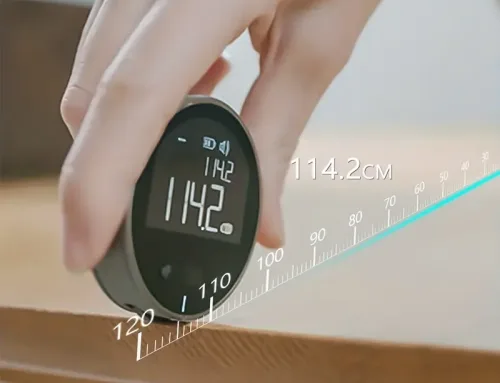This is an article about how to quickly distinguish between different types of stainless steel for my own memory. Although I sell stainless steel every day, I usually rely on the ERP system in our system and the markings on the packaging to confirm the steel grades. Occasionally, when dealing with scrap materials, I use a handheld spectrometer from a scrap collector to confirm the material.
If you wanna know what the grades of stainless steel are, the easiest way is just to ask the one who owns it. If you have doubts about his words, the below methods may help you.
Currently, the common types of stainless steel are mainly 200, 300, and 400 series, so the methods discussed are based on these ranges.
1. Magnet
The most traditional method is using a magnet. Since the 200 and 300 series contain nickel, their magnetism is weaker. If processed at a temperature not too high or with a large current, the 300 series can be considered essentially non-magnetic.
If you don’t have a magnet, you can try using density for judgment. You’ll need a cup of water and an electronic scale. The density of 200 series stainless steel is around 7.93g/cm³, the density of the 300 series is around 7.98g/cm³, and the 400 series is basically below 7.8g/cm³. Considering manual errors, any stainless steel below 7.85g/cm³ can be confirmed as 400 series.
2. Color
Checking the color is another method, although it might not be very reliable.
-
Ensure the color rendering index of the light source, preferably daylight.
-
Ensure no other color interference in the environment.
-
Wipe the product surface clean and make sure there are no attachments.
-
Ensure the inspector has normal vision.
After pickling, the surface color of stainless steel (conventional 2B) is as follows: 300 series stainless steel is silver-white and jade-like; 400 series stainless steel is white and slightly gray, with weak luster; 200 series stainless steel has a color similar to 300 series but lighter.
3.Spark

Observing the sparks during cutting is a skillful knowledge point. The grinding wheel speed is generally 46~67r/s. If the sparks are streamlined, long, and have many dense branches, it is likely high manganese 200 series stainless steel; if the sparks are short and fine without branches, it is likely 300 or 400 series stainless steel.
4. Chemical Testing Solution
Using chemical testing agents is a bit troublesome, as each agent can only roughly indicate the approximate content of a certain element and cannot directly tell the specific grade.
-
Manganese steel reagent + magnet (to differentiate iron, manganese steel, martensitic stainless steel, austenitic stainless steel): If the steel turns red after dropping manganese steel reagent, it indicates iron, carbon steel, or manganese steel. If it doesn’t turn red, use a magnet. Strong magnetism indicates martensite (C13, 430, etc.), while weak or no magnetism indicates austenite (201, 304, 316, etc.).
-
N low + N8 + M2 kit (commonly used for 201, 304, 316): N low – turns red for 201 stainless steel; N8 – turns red for 304 stainless steel; M2 – turns red for 316 stainless steel. If neither N low nor N8 turns red, it is 301 stainless steel.
-
N low + N8 kit (most commonly used for 304): N low – turns red for 201 stainless steel; N8 – turns red for 304 stainless steel. If neither N low nor N8 turns red, it is 301 stainless steel.
-
N8 + M2 kit (304, 316 kit): N8 – turns red for 304 stainless steel; M2 – turns red for 316 stainless steel.
-
N low + N4 + N8 kit (precise testing for 201, 202, 301, 304): N low – turns red for 201 or 202 stainless steel. If N low turns red, use N4 for further testing. If N4 turns red, it is 202 stainless steel; if not, it is 201 stainless steel. If N low does not turn red, use N8 for testing. If N8 turns red, it is 304 stainless steel. If N8 does not turn red, use N4 for testing. If N4 turns red, it is 301 stainless steel; if not, it may not be stainless steel, possibly iron or martensitic stainless steel, etc.
-
N low + N4 + N8 + M2 kit (precise differentiation for 201, 202, 301, 304, 316): N low – turns red for 201 or 202 stainless steel. If N low turns red, use N4 for further testing. If N4 turns red, it is 202 stainless steel; if not, it is 201 stainless steel. If N low does not turn red, use N8 for testing. If N8 turns red, it is 304 stainless steel. If N8 does not turn red, use N4 for testing. If N4 turns red, it is 301 stainless steel; if not, it may not be stainless steel, possibly iron or martensitic stainless steel, etc. M2 – turns red for 316 stainless steel.
5. Portable Spectrometer
Buying a handheld spectrometer is a bit expensive but worth it if used frequently, such as by scrap metal collectors.
6. Testing Lab
Sending samples to a professional testing institution is the most accurate method, but be sure not to mix up the sample order, or you won’t know which is which.




Leave A Comment